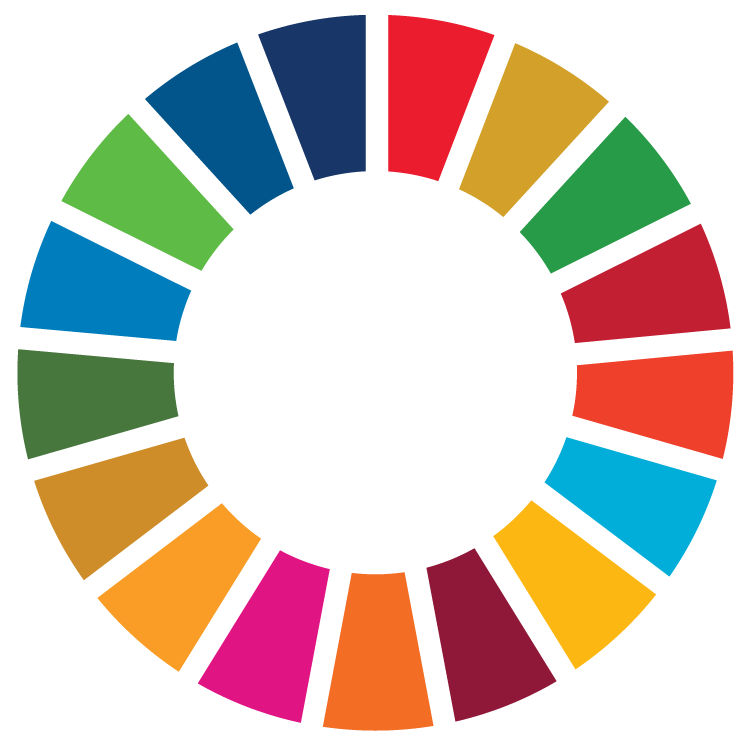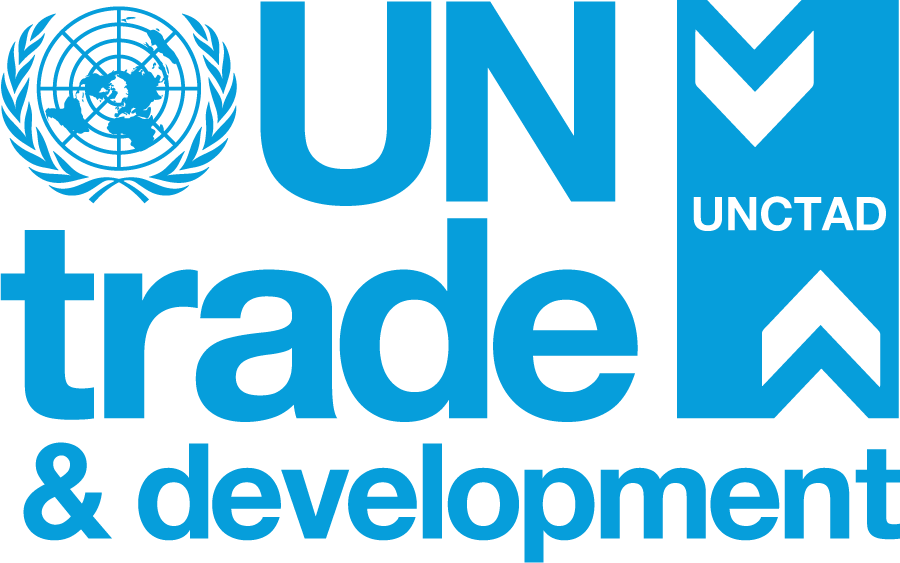
The exercise to estimate the cost of achieving SDG targets can be described as a process of asking oneself the following set of questions.
1. How are economies doing on the SDG indicators?
Collect data on SDG indicators per economy and indicator, over time.
2. How much are economies spending on different sectors of the government?
Collect data on government expenditures for 11 different sectors of government activities per economy, over time.
Sectorial spending in this study refers to government expenditures classified based on the Classification of the Functions of Government (COFOG). For the purpose of the analysis, government spendings have been grouped into 11 sectors as following:;
- Agriculture, forestry, fishing and hunting
- Mining, manufacturing and construction
- Transport
- Communication
- Fuel and energy
- Environment protection
- Housing and community amenities
- Health
- Education
- Social protection
- Special others
The "Special Others" category includes any government functions and expenditures not categorized within the defined sectors. This approach consider the total government spendings across all the sectors.
3. What is the relationship between government spending and progress on an SDG indicator?
For economies with data on both the chosen SDG indicators and government expenditures, fit a model exploring the relationship between government spending and progress on a given SDG indicator. The result of fitting the model is a set of parameters that describes this relationship. The model should account for the following:
- While government spendings are significant explanatory variables in SDGs costing models, it is important to recognize that progress on SDGs can be influenced by various factors beyond public expenditure alone. To capture the nuanced relationships and potential conditional effects, the inclusion moderator variables, namely, GDP, Corruption, Government Effectiveness, Political Stability, and Absence of Violence/Terrorism, as well as control variables such as official development assistance (ODA) and net total debt service, is therefore necessary.
- Spending may have diminishing returns, hence parameters describing this nonlinear relationship are included.
- Spending on one sector can have synergies and reinforce the benefit of spending on another sector. This is reflected by including parameters that describe this “interaction”.
- Economies differ regarding to what extent spending translates to progress on the SDG indicators, hence a term describing inefficiency of spending is included.
- Even after considering all this, there is still some margin of error in the model, therefore the model includes an “error” term.
These are mathematically reflected in the following formula:
Where:
Ln Yjt = Selected SDG targets for economy j (in log form) – for example, Primary Net Enrolment Rates
Ln Xijt = Spending per GDP on sector i for economy j (in log form)
Ln Zjt = control variable of economy j (in log form)
ujt = random errors, it assumed to be independently and identically distributed, vi ∼ N (0, σv2)
vjt = inefficiency term, it assumed to be positively defined with an asymmetric distribution independent of those of the ut
The βi (i=1,...,11) are the coefficients which illustrate the estimated elasticity of a key indicator with respect to its own-sector spending. These coefficients capture the direct effect of an increase in per GDP sectoral expenditure on the return of a key indicator.
Furthermore, the translog models include quadratic terms for each sector, represented by βik with i=k. These terms are included to reflect the fact that increased cost in the same sector often results in diminishing marginal returns.
The last set of coefficients βik with i<k, represent the synergy effects of spending in multiple sectors simultaneously, meaning the extent to which one sector’s spending impacts the effectiveness of another sector’s spending.
In order to evaluate whether a cross-sectoral impact is significant, F-test for an incremental contribution is applied.
4. How much money might be spent over the coming years and how might that affect progress towards SDGs?
Extrapolate economies’ recent spending patterns over the coming years to forecast future spending. Use the forecasted levels of spending together with the model to predict the resulting progress on SDGs. This is the business-as-usual scenario, i.e., baseline or reference scenario where economies continue their existing spending patterns without significant policy changes or interventions. Business-as-usual scenario covers the cost for an economy of maintenance of already reached SDGs (in blue) and a cost to reach (some) other SDGs (in orange), based on regular trajectory of its spending.
5. What economy is allocating their spending in the most optimal way?
The parameters of the model describe what kind of spending gives the best result for the indicator in terms of allocation of spending. This allocation pattern considers diminishing returns for each type of spending and the synergies between spending on different sectors. Find the economy that is allocating their spending closest to the optimal. Call this the best-practice economy.
Progressing on SDG indicators towards target values requires further expenditure to maintain reached and finance yet to be reached SDGs
6. How much more spending would each economy need to reach more SDGs?
Redo the forecast of future spending but with the assumption that all economies switch to the same allocation pattern as the best-practice economy. Use the model to predict the progress on the SDG indicator. This is the optimal scenario. While the optimal scenario considers more efficient reallocation of spending, including synergies, it is estimated to reach more SDGs and/or sooner, hence the optimal scenario costs more than business as usual scenario. Gap between them signalizes the additional financing needs to cost SDGs, additionally to existent expenditure trajectories.
Indeed, the cost estimates are derived from two scenarios: business as usual scenario, where current spending continues its usual trajectory, potentially resulting in higher costs and fewer achieved goals. The optimal scenario, informed by best practices identified by the stochastic frontier model methodology, offers insights into efficient spending, optimal growth rates, and the potential to achieve SDGs more cost-effectively. These cost estimates in this chapter are based on the optimal scenario, demonstrating that strategic spending reallocation can accelerate SDG achievement at reduced costs.
The Optimal Scenario (OS) reaches more SDGs and sooner, but it may cost more.
7. What is the total cost of reaching the pathway?
Pathways comprise different and varying number of indicators. Total cost for a pathway is determined by the most expensive indicator, as such spending level would allow meeting also other targets within the pathway. Costs are expressed as annual averages for years 2023-2030.
8. How can the results be interpreted?
The method places a particular focus on government spending. This focus stems from the 2030 Agenda's goals that require bolstering public services for improving well-being and human capital, fostering environmentally friendly innovations and clean technology, and building societies that are more inclusive.
Government expenditure encompasses various sources, including taxes, fees, fines, asset sales, public enterprise dividends, foreign aid, and borrowing. The approach underscores the potential actions by governments and pinpoints the financing gaps that can be filled either through governmental revenues or external sources like foreign direct investments, official developmental assistance, remittances or loans.
Also, because government expenditure data are available by sector, we can analyze synergies, unlike with data on foreign direct investment or debt. Instead, these two are used as control variables due to their influence on a country’s success in achieving SDGs. Private investment, especially in sectors like energy, transport and clean technology, is vital for realizing the SDGs and plays a significant role in bridging the financial gaps identified.
The methodology is based on SDG indicators and other official statistics, in particular on government expenditure, but it also involves assumptions and estimations using the stochastic frontier model (SFM). As with all projections, the results should be interpreted with caution. Data and methodological enhancements are likely to affect the resulting estimates.
The analysis evaluates progress for nearly 50 SDG indicators. The estimates are built bottom-up by calculating country level cost estimates for achieving one indicator at a time. But the results can be compared across pathways, time, and country groupings – and allow for further analysis drilling down into individual targets.
In the results, the gap measures the difference between the average annual spending needed from 2023 to 2030 to accelerate progress towards the SDGs and the projected government expenditure under the business-as-usual trajectory.
The numbers can also be used to analyze which targets could be achieved sooner or with less spending, and which targets remain furthest away or even out of reach. It also shows the share of countries on track to achieve the SDG transition pathway or selected indicators.
The analysis does not limit the achievement of SDG indicators to 2030, as this would result in unrealistically high expenditure levels for indicators that may be unachievable, thus affecting the cost of an entire pathway. The cost is calculated for accelerating SDG achievement by 2030 while allowing flexibility until 2040.



